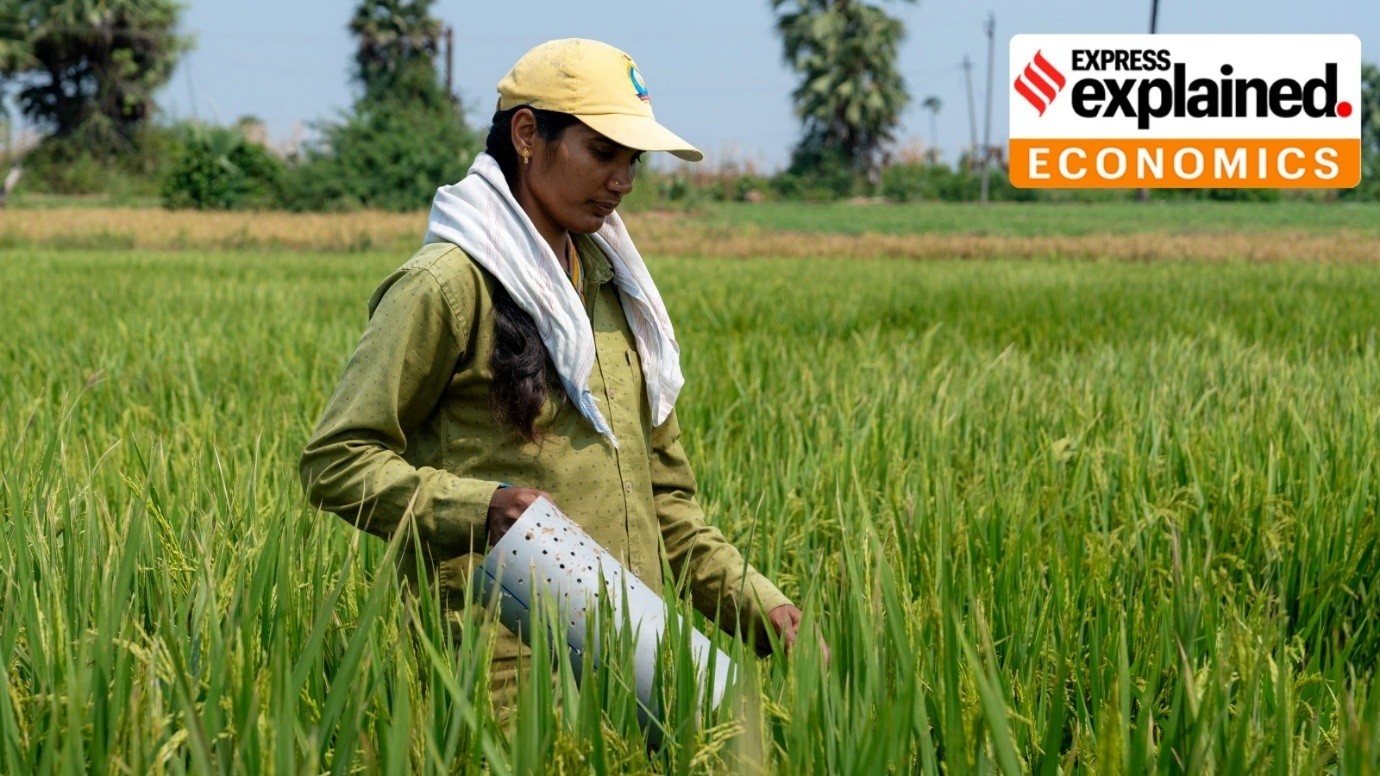



On World Environment Day, Prime Minister Narendra Modi planted a Sindoor (Bixa orellana) sapling, a tropical shrub known for its bright red seeds used in food, textiles, cosmetics, and dyes. Native to Brazil, it thrives in warm, humid climates and is cultivated across tropical regions, including India.

Disclaimer: Copyright infringement not intended.
On the occasion of World Environment Day, the Prime Minister, Shri Narendra Modi planted a Sindoor sapling at his residence in New Delhi.
|
Aspect |
Details |
|
Common Names |
Vermilion Plant (Hindi), Annatto (English) |
|
Botanical Name |
Bixa orellana |
|
Plant Description |
Small tropical shrub; known for bright red seeds. |
|
Fruit Description |
Circular fruits in oval capsule clusters, red-brown seed pods covered with soft spines. |
|
Native Region |
Brazil |
|
Cultivation Regions |
South and Central America, Peru, Mexico, Ecuador, Indonesia, India, Kenya, East Africa |
|
Climate Requirements |
Warm, humid, frost-free climate; requires full direct sunlight |
|
Soil Requirements |
Grows in almost any soil; prefers neutral to slightly alkaline soils |
|
Uses |
- Seeds used in food, textile, paint, and cosmetics industries - Extract used as industrial food color for cheese, butter, margarine, etc. |
Source: India Today
|
PRACTICE QUESTION Q. Consider the following statements about the Sindoor plant (Bixa orellana):
Which of the statements given above is/are correct? (a) 1 only (b) 2 only (c) Both 1 and 2 (d) Neither 1 nor 2 Answer: a Explanation: Statement 1 is correct: Sindoor plant is native to Brazil and requires warm, humid, frost-free climate with full sunlight. Statement 2 is incorrect: The seeds are used not only in the cosmetics industry but also widely in the food, textile, and paint industries. The extract is used as an industrial food color for products like cheese, butter, and margarine. |






© 2026 iasgyan. All right reserved